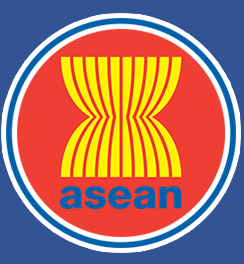ASEAN Journal on Science and Technology for Development
Abstract
The increase in global natural rubber production has correspondingly elevated the generation of wastewater. To address this, various wastewater treatment methods are being implemented, with continuous adsorption emerging as a promising approach. In this recent study, pelletizing of attapulgite/carbon nanocomposite was conducted to obtain pellet adsorbent for continuous adsorption of wastewater from natural rubber industry. The study aimed to evaluate the characteristics and performance of the pellet adsorbent in wastewater treatment. In the preparation, spent bleaching earth (SBE) with a 200-mesh particle size was calcined to obtain attapulgite/carbon nanocomposite. This nanocomposite was mixed with bentonite clay at a 70:30 (w/w) ratio to form pellets, which were subsequently calcined at various temperatures (500°C, 600 °C and 700°C) for 1 h to obtain pellet adsorbent. The attapulgite/carbon nanocomposite and pellet adsorbent were characterized using TEM, SEM-EDX and nitrogen adsorption-desorption analyses. SEM-EDX analysis results indicated that the pellet adsorbent possessed larger pores and channels, along with reduced Si and O content compared to attapulgite/carbon nanocomposite. Pellet adsorbent calcined at 700°C gave the highest performance and successfully achieved 89.65% removal of total suspended solid (TSS), 70.65% reduction in chemical oxygen demand (COD), and an effluent pH of 7.2 within 5 min in the continuous adsorption. The pellet adsorbent calcined at 700°C was identified as mesoporous materials with average pore size of 3.48 nm.
Keywords
Natural Rubber Wastewater, Spent Bleaching Earth (SBE), Attapulgite/Carbon Nanocomposite, Pellet Adsorbent, Continuous Adsorption.
Publication Date
2024
Received Date
30/08/2024
Revised Date
13/11/2024
Accepted Date
17/11/2024
Recommended Citation
Hermida, Lilis; Agustian, Joni; and Yeong, Yin Fong
(2024)
"Pelletizing of Attapulgite/carbon nanocomposite from used bleaching earth for continuous treatment of wastewater from a natural rubber factory,"
ASEAN Journal on Science and Technology for Development: Vol. 42:
No.
1, Article 5.
DOI: https://doi.org/10.61931/2224-9028.1607
Available at:
https://ajstd.ubd.edu.bn/journal/vol42/iss1/5

